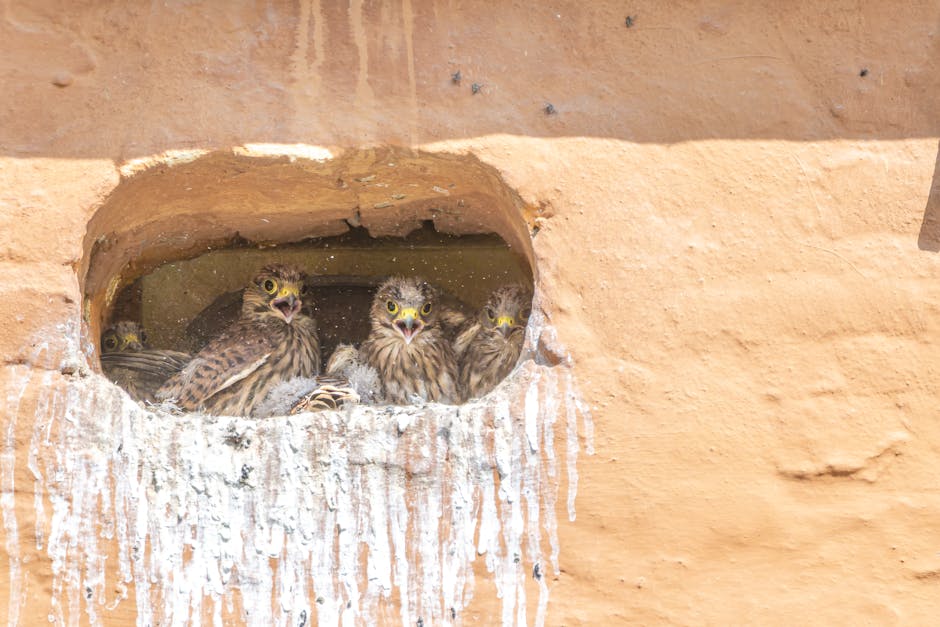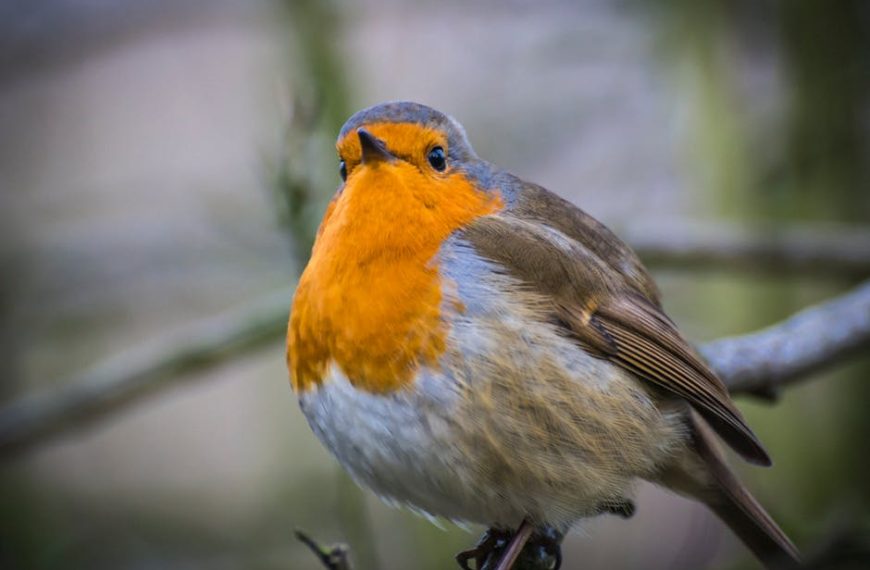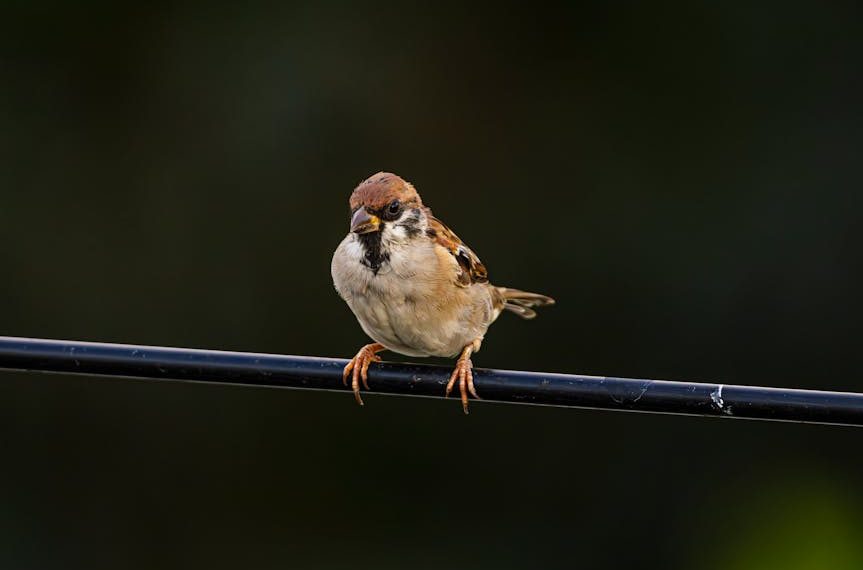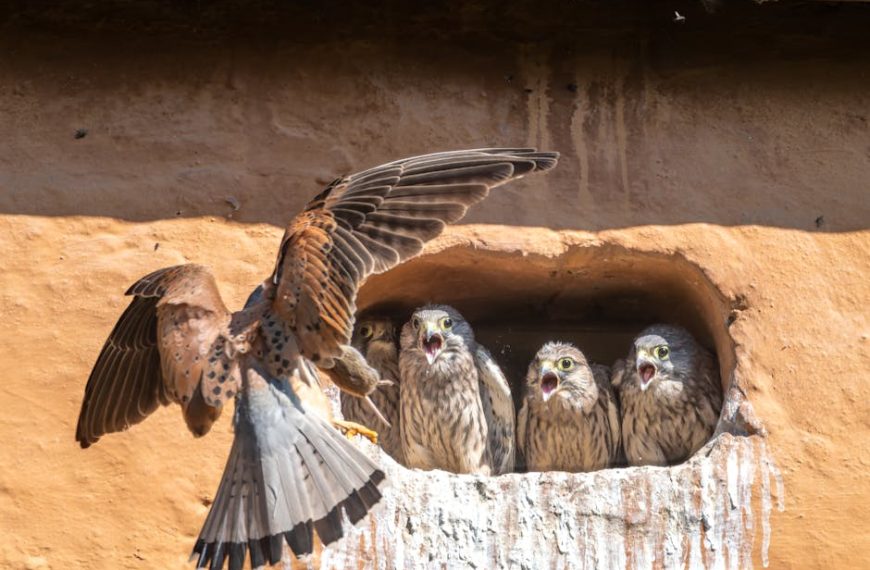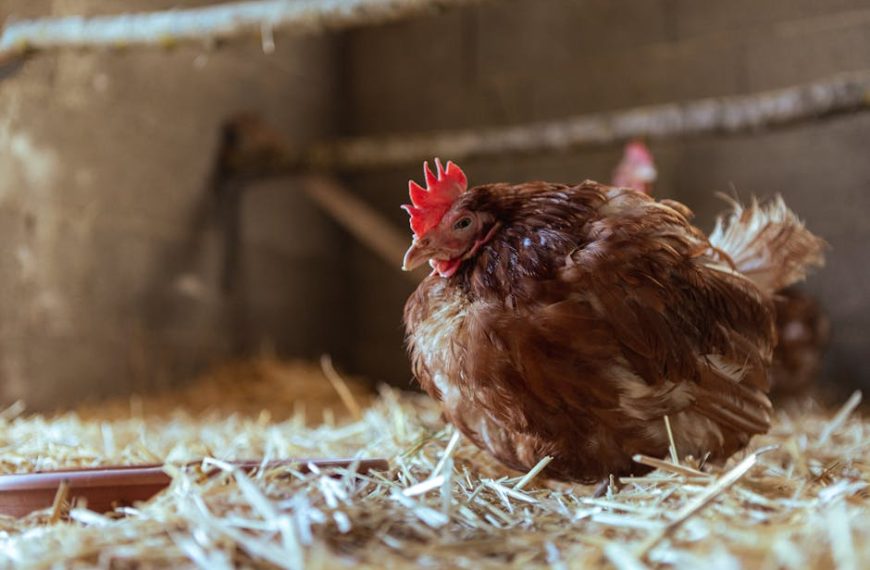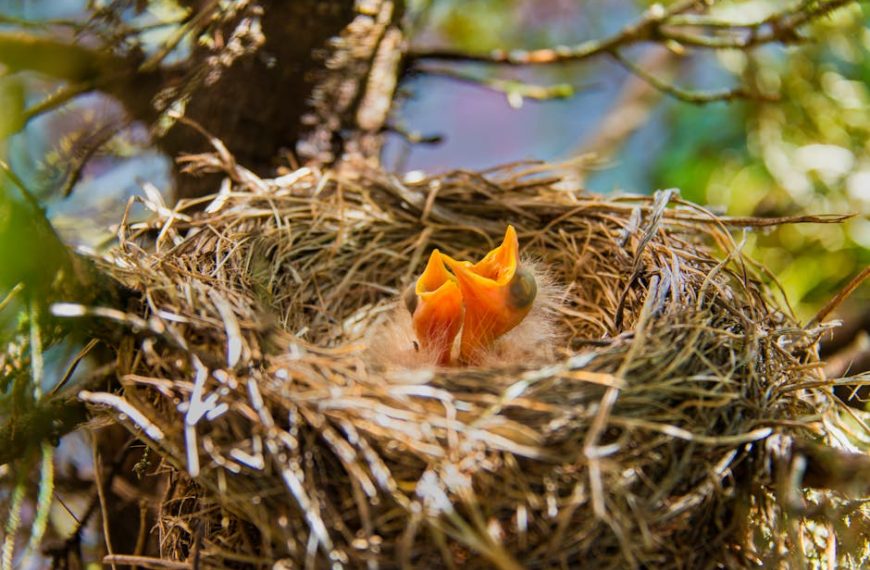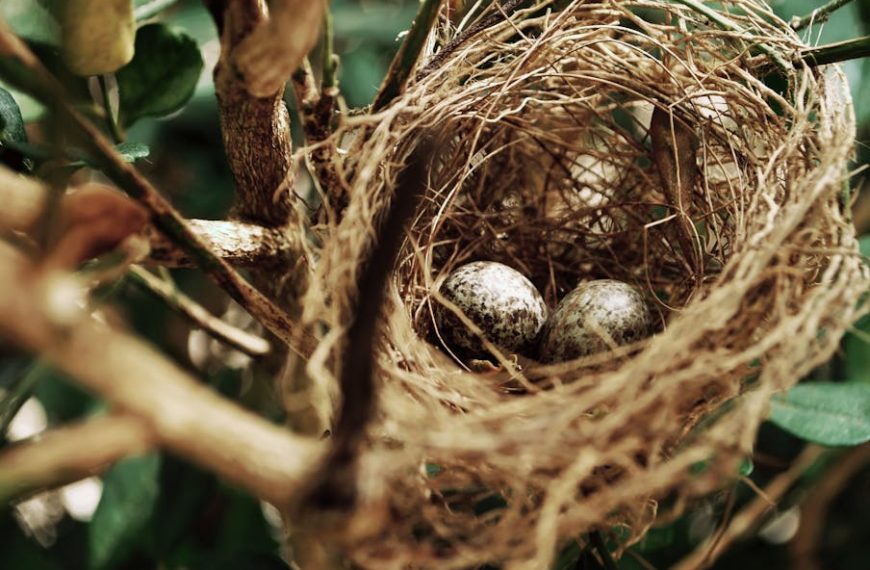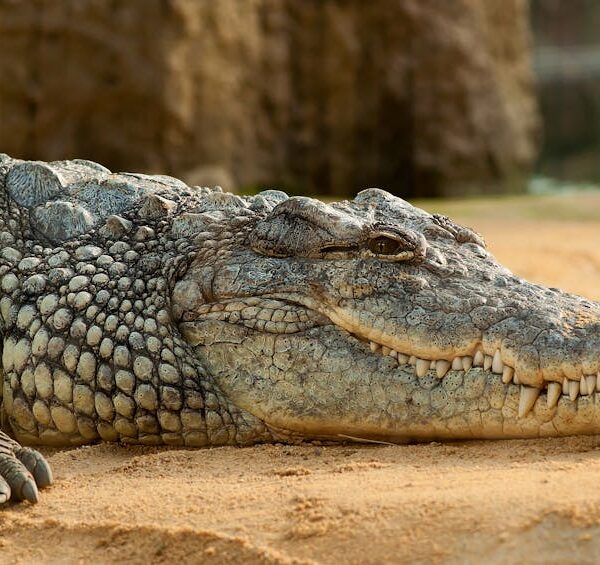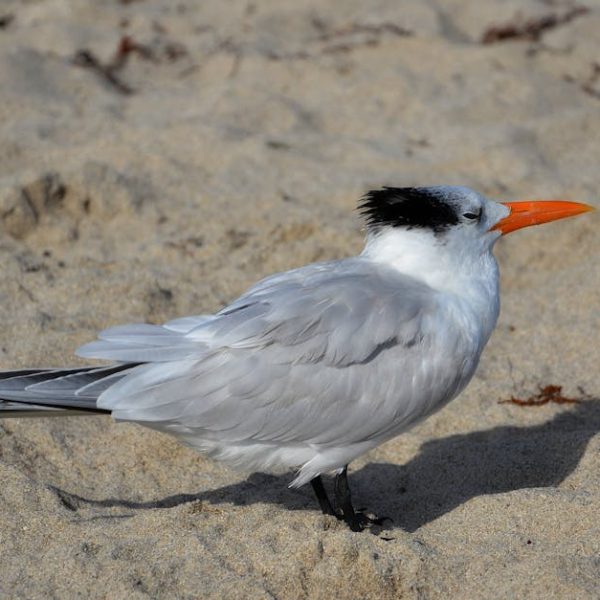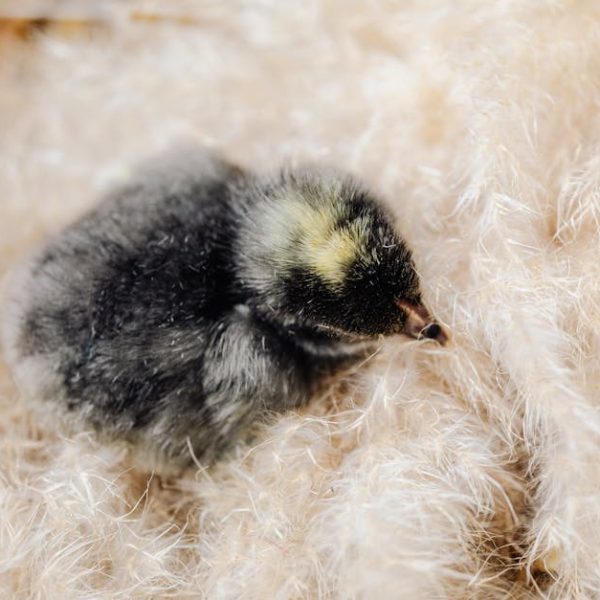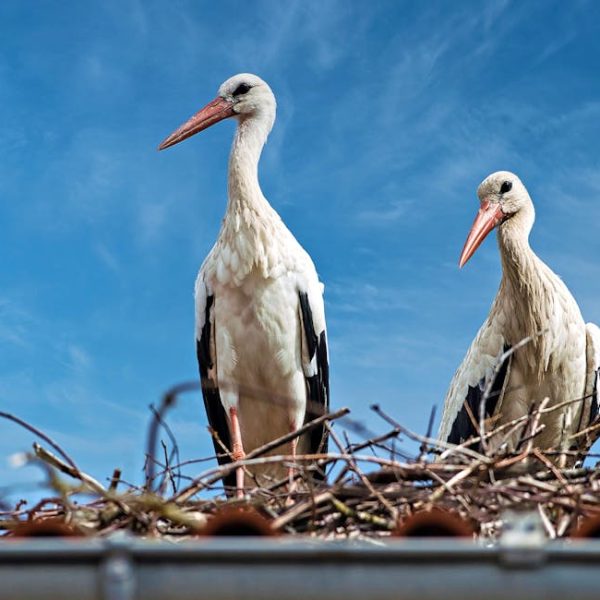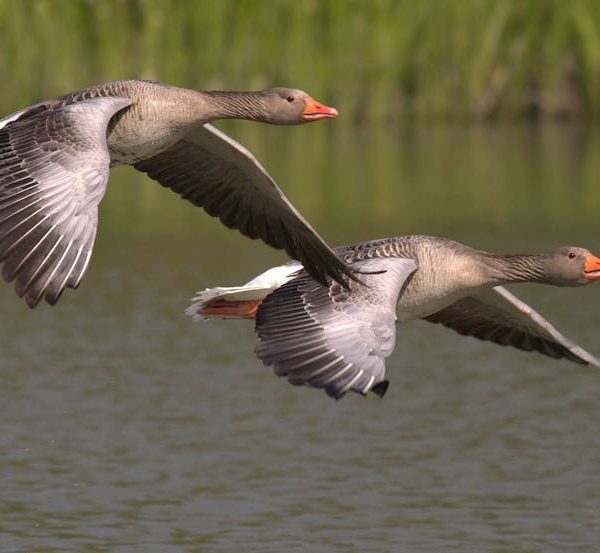Every bird watcher dreams of understanding the quirks and rhythmic patterns of these charming creatures, particularly their nesting habits. While often assumed to be simple and static, bird nesting behaviors, in reality, are a complex weave of intricate rituals and strategic actions grounded in survival and propagation of species. Many habits can change seasonally, reflecting the adaptability and resilience of these creatures. This article seeks to explore the wide-ranging contours of bird nesting habits and highlight the signs that suggest a potential halt in their nesting activity. We’ll also delve into various factors affecting bird nesting seasons, discuss the nesting timings of popular bird species, and underline the significance of understanding these behaviors.
Understanding Bird Nesting Habits
Birds usually establish nests to lay their eggs and rear their offspring. Nesting habits vary widely among species. Some birds construct intricate nests while others may utilize cavities or other found spaces. Seasonality can significantly affect nesting behaviors, with the onset of spring typically triggering a wave of nesting activity.
Common nesting habits include:
- Building nests high in trees or bushes
- Forming nests on the ground or amongst rocks
- Utilizing cavities in trees or buildings
- Floating nests on water in the case of certain waterfowl
Observation techniques to identify nesting behaviors revolve around respectful distance-keeping and attentive watching, thus minimizing disturbance while maximizing understanding.
Signs that Birds Have Stopped Nesting
Birds cease nesting usually after the raising and fledging of their young or due to unfavorable conditions. This cessation is often marked by discernible changes in the birds’ behavior and environment, including decreased activity around the nest, quieter chatter, and a general drop in bird numbers in the area. Here are some key signs:
- Vacated nests
- Decline in chirping or other bird calls
- Lessened activity of birds in your vicinity
While observing these signs, it’s vital to respect the natural rhythms of these creatures. Minimize your interference in their habitats – this is not just an ethical requirement but also pivotal to unfiltered insights into their graceful existence.
Factors Affecting Bird Nesting Seasons
Bird nesting seasons are influenced by a delicate balance of environmental, geographical, and climatic nuances. Variables such as the availability of food, safety from predators, and climate shifts can greatly affect the timing and duration of nesting seasons.
The checklist below provides some key factors that can impact bird nesting:
- Food availability
- Safety concerns
- Migratory patterns
- Climate shifts
Each of these factors can bring about significant changes in birds’ life cycles, including their nesting habits. For instance, a change in climate can prompt early nesting or might delay it, affecting the survival chances of hatchlings. Understanding these dynamics is critical to fostering an ambiance conducive to natural bird behaviors.
Nesting Seasons of Common Bird Species
There are countless bird species, each with its unique nesting cycle, intricately tied to their natural habitat and way of life. For instance, robins generally start nesting in early April, while birds like the house sparrow can nest as early as January.
Here is a comparison table that throws light on the nesting seasons of some common bird species:
“`html
| Bird Species | Nesting Season | Key Traits |
|---|---|---|
| Robins | April- July | Early nesters with often two broods per season |
| House Sparrows | January – August | Multiple broods, Nest in variety of locations |
| Cardinals | May – September | 2- 3 broods a season |
“`
Cultivating a bird-friendly environment during a particular species’ nesting season could involve setting up bird feeders, providing nesting materials, or even installing birdhouses.
Importance of Understanding when Birds Stop Nesting
Understanding when birds stop nesting is not just fascinating trivia for bird watchers, but an essential dimension for environmentalists and ecologists. This knowledge helps dictate optimal timings for bird tracking or conservation initiatives, considerably influencing their success.
To be a responsible bird enthusiast, one can:
- Keep respectful distances from nesting areas
- Reduce noise levels to minimize distress
- Refrain from feeding hatchlings or interfering in their natural feeding habits
By understanding the ebb and flow of the nesting season and acting mindfully, every bird watcher can contribute to the protection and preservation of these marvelous creatures.
Key Takeaway:
- Birds establish nests for rearing their offspring and their nesting behaviors can be affected by certain variables such as seasonality.
- Birds usually stop nesting after raising their young or if they encounter unfavorable conditions.
- Nesting seasons of birds are dictated by various environmental, geographical, and climatic factors.
- Different bird species have different specific nesting periods.
- Understanding when birds stop nesting is crucial not just for bird-watchers but also for environmentalists and ecologists.
In the realm of bird watching understanding and respecting the nesting habits of different birds is an absolute necessity. By comprehending different aspects related to bird nesting activities, from typical habits to signs of nesting cessation, we can contribute towards building a healthy environment for these creatures to thrive in. Remember, positive contributions can be as simple as keeping a safe distance from their nests or mindfully reducing noise disturbances as appreciating their existence from a respectful distance.
FAQs
Q: Are all bird nests built the same way?
A: No, bird nests can vary significantly. Some birds might build intricate nests using various materials, while others might make use of cavities in trees or buildings, or even form floating nests on water bodies.
Q: Can bird nesting seasons change?
A: Yes, the timing and duration of a bird’s nesting season can change based on several factors, including food availability, potential threats, migratory patterns, and shifts in climate.
Q: How can I create a bird-friendly environment during nesting season?
A: Setting up bird feeders, providing appropriate nesting materials, installing birdhouses are some of the ways. Additionally, you should always respect the birds’ space and not interfere with their natural habits.
Q: What is the significance of understanding when birds stop nesting?
A: Understanding when birds stop nesting can greatly aid scientists, environmentalists, and bird-watchers in their observation or conservation efforts, influencing the success of these initiatives.
Q: Can human behavior impact bird nesting habits?
A: Absolutely, human interference, be it in the form of noise or physical intrusion, can disturb birds and potentially alter their nesting behaviors. It’s essential to respect their habitats and minimize disturbance.
Feel free to share this article with others who might find it interesting, and explore more of our posts to learn about various aspects of our natural world.
